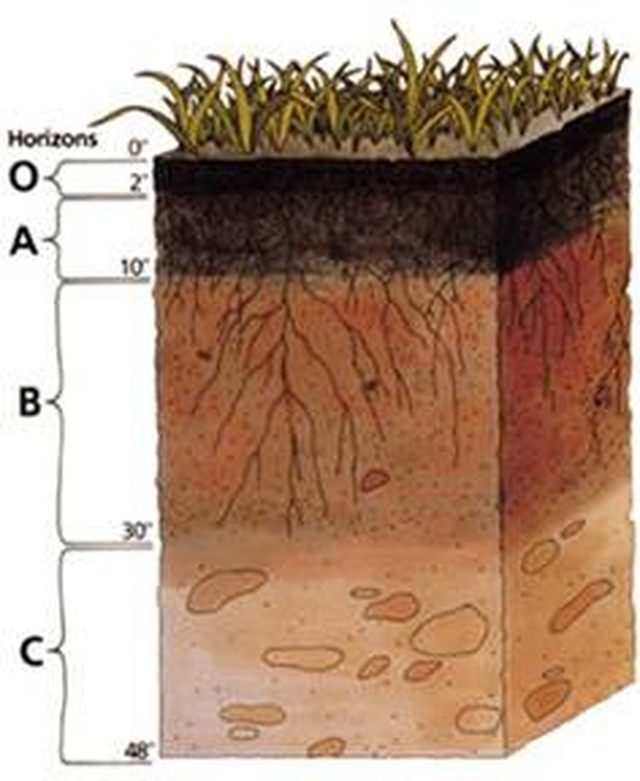Bulbs
Flower Basics
Flower Beds & Specialty Gardens
Flower Garden
Garden Furniture
Garden Gnomes
Garden Seeds
Garden Sheds
Garden Statues
Garden Tools & Supplies
Gardening Basics
Green & Organic
Groundcovers & Vines
Growing Annuals
Growing Basil
Growing Beans
Growing Berries
Growing Blueberries
Growing Cactus
Growing Corn
Growing Cotton
Growing Edibles
Growing Flowers
Growing Garlic
Growing Grapes
Growing Grass
Growing Herbs
Growing Jasmine
Growing Mint
Growing Mushrooms
Orchids
Growing Peanuts
Growing Perennials
Growing Plants
Growing Rosemary
Growing Roses
Growing Strawberries
Growing Sunflowers
Growing Thyme
Growing Tomatoes
Growing Tulips
Growing Vegetables
Herb Basics
Herb Garden
Indoor Growing
Landscaping Basics
Landscaping Patios
Landscaping Plants
Landscaping Shrubs
Landscaping Trees
Landscaping Walks & Pathways
Lawn Basics
Lawn Maintenance
Lawn Mowers
Lawn Ornaments
Lawn Planting
Lawn Tools
Outdoor Growing
Overall Landscape Planning
Pests, Weeds & Problems
Plant Basics
Rock Garden
Rose Garden
Shrubs
Soil
Specialty Gardens
Trees
Vegetable Garden
Yard Maintenance
How to Add Topsoil
How to Add Topsoil. Topsoil is the nutrient rich layer of soil that sits atop the subsoil and serves as the principal food source for our plants, flowers and lawns. The topsoil layer typically extends 2 inches under lawns and more than 12 inches under very fine vegetable and flower gardens. Topsoil can be purchased in large 20-pound bags or by the...

Topsoil is the nutrient rich layer of soil that sits atop the subsoil and serves as the principal food source for our plants, flowers and lawns. The topsoil layer typically extends 2 inches under lawns and more than 12 inches under very fine vegetable and flower gardens. Topsoil can be purchased in large 20-pound bags or by the cubic yard for larger applications. Though it can simply be applied as a layer over the existing soil with no pretreatment, for quality gardens designed for long-term cultivation, tilling the existing soil and then laying down the richer top soil may make for greatly improved soil conditions and therefore healthier, heartier plants.
Things You'll Need
Supply of topsoil to cover area
Shovel
Hoe
Spade
Roto-tiller
Water hose with adjustable spray nozzle
Till the existing soil with a manual tool or a motorized roto-tiller. Removing rocks, dead roots and old plant or other debris as you work. Water the tilled soil with your garden hose sprayer set on a light setting so as not to compact or wash any soil away.
Lay down your layer of topsoil with the back of a rake or a hoe, spreading it evenly over the tilled soil. Be careful not to overly compact the soil when stepping on it; light pressure is harmless but do not tamp it down. The layer of topsoil should be at least 3 inches thick, but more is better---benefits max out at about 12 inches of quality top soil.
Water the new soil well. Use a light spray so as not to move the soil around but allow it to settle in place and begin to meld with the top of the subsoil layer.
Tips & Warnings
For extra rich soil aged manure and slow release fertilizers such as Osmocote can be added to the topsoil in an application ratio advised in the manufacturer's instructions.